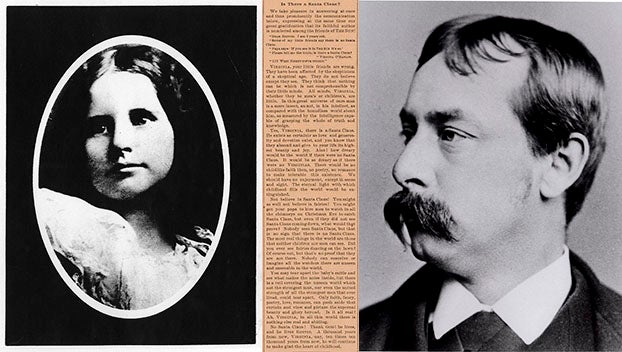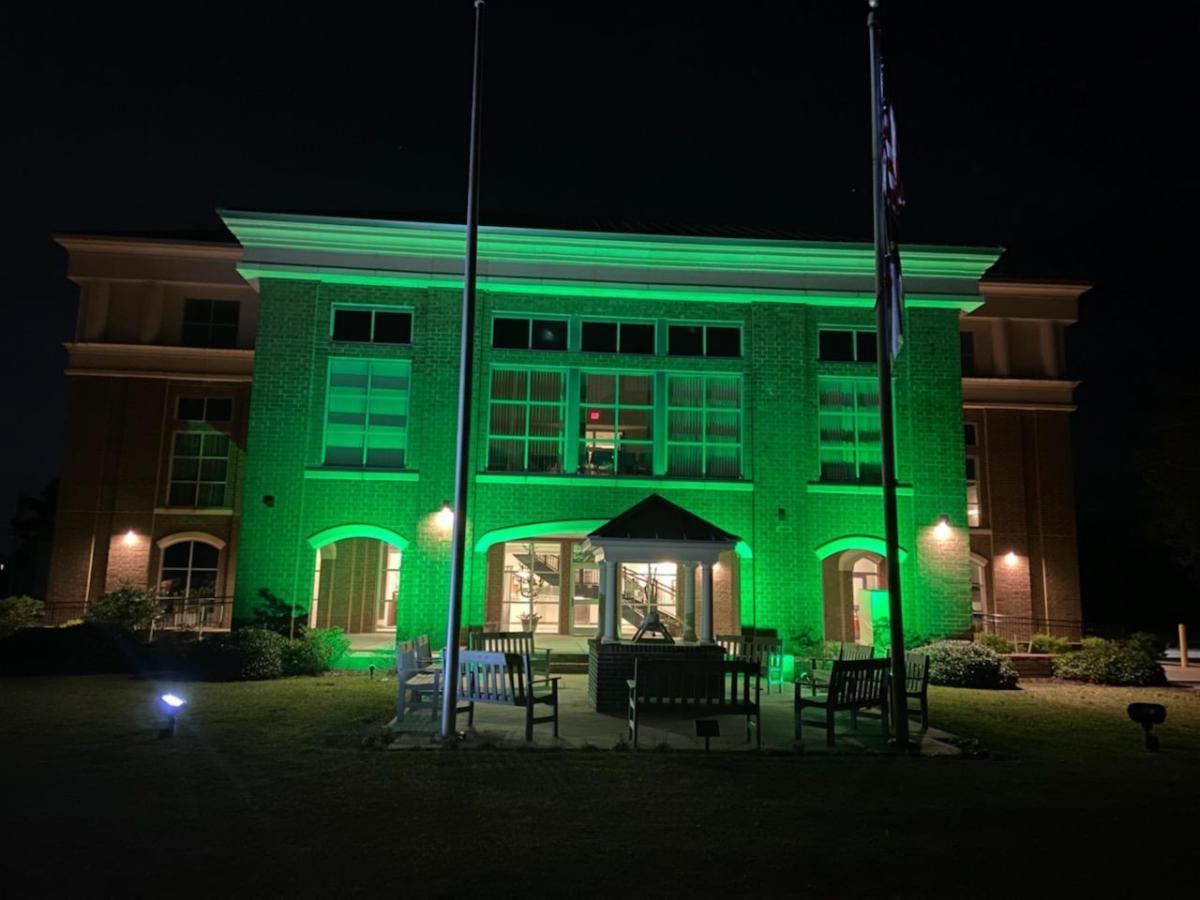Making the most endangered list
Published 6:35 pm Monday, April 17, 2017
Last week, the conservationist organization American Rivers named the Neuse and Cape Fear rivers to be among the country’s most endangered. The two rivers are included for a couple of reasons: the tendency to flood during storms like Hurricane Floyd in 1999 and Hurricane Matthew just last year and the number of livestock feeding operations in their 100-year floodplains. Basically, it amounts to water pollution: with the right circumstances, millions of gallons of animal waste from breached waste lagoons will pollute the rivers that provide drinking water to more than 4 million people.
“Right now, hundreds of millions of gallons of swine waste and hundreds of tons of poultry waste from these concentrated animal-feeding operations are held in open lagoons or enormous piles containing bacteria, pathogens, concentrated levels of nutrient pollution and residual antibiotics that if released into nearby rivers and streams would cause significant contamination. In 2016, the flooding caused by Hurricane Matthew overwhelmed numerous waste lagoons and piles, spilling into public waterways,” the American Rivers announcement reads.
There’s a movement afoot and many environmental advocacy organizations are on board: a buyout of the farms near the rivers that have been or are at risk of being flooded during major storm events. After Hurricane Floyd, North Carolina took advantage of an $18.7 million Clean Water Management Trust Fund and instated a buyout. The program was hailed by many as a success, and the primary reason why there were less waste lagoons flooded, and less waste released into the rivers, during Hurricane Matthew as compared to Hurricane Floyd.
Officials with the local environmental advocacy group Sound Rivers have compiled a list of 62 facilities between the Tar-Pamlico and Neuse rivers that are in the 100-year-flood plain.
Eastern North Carolinians know there’s no way to predict the paths of major storms like Floyd and Matthew, but there is a way to be proactive about the damage left in their wakes.
It’s time to put hog and poultry farms out of harm’s way of rivers, and support another buyout.
If not, it’s only a matter of time before the Pamlico River makes the most endangered list.





